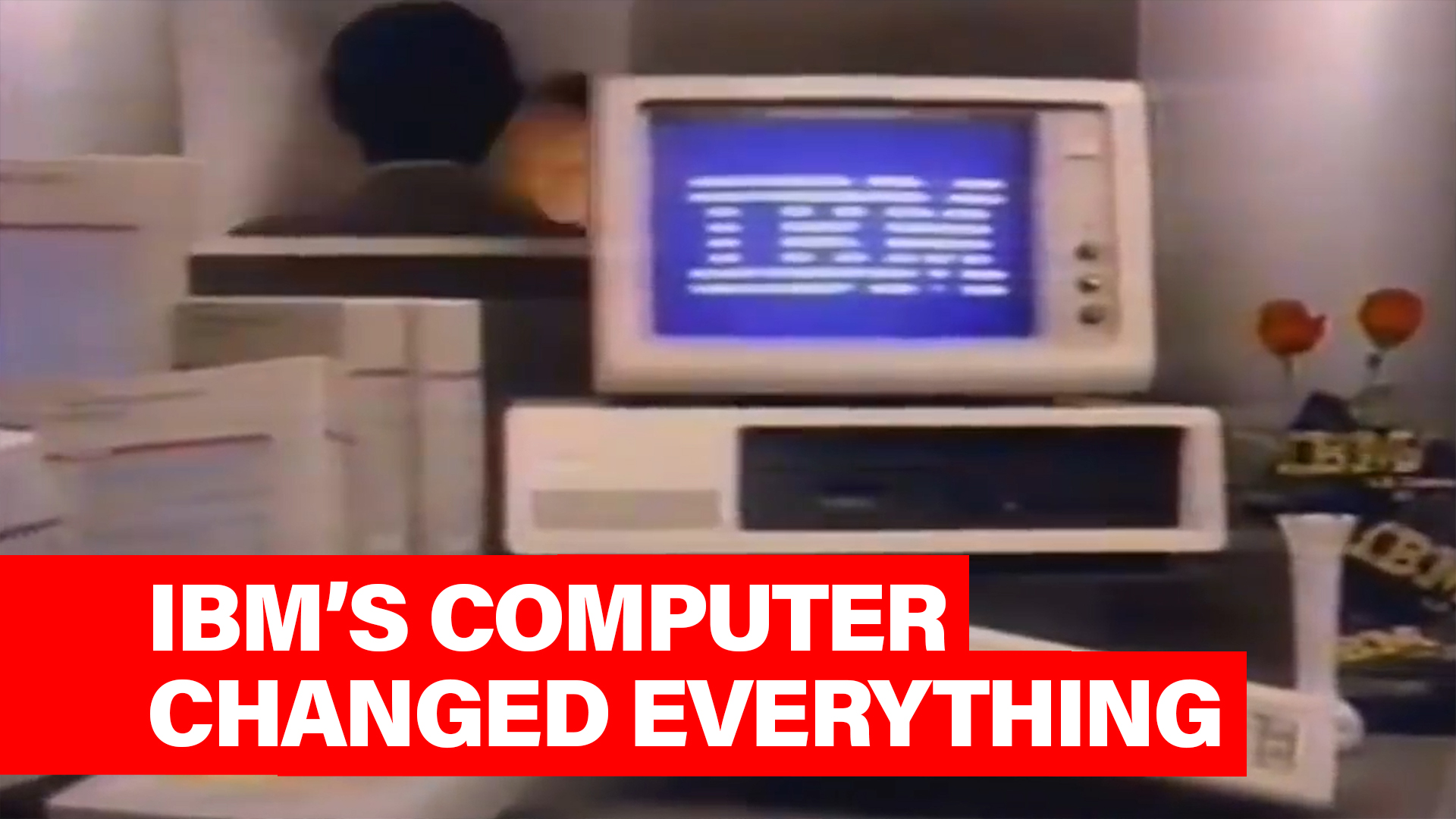On August 12, 1981, IBM revealed its first personal computer, the IBM 5150, to the market, sending sales skyrocketing as demand soared.
In the late 70s, IBM had initially balked at the idea of the personal home computer, since the company had long dominated the business computer market. However, after witnessing the growing popularity of PCs from competitors such as Macintosh (Apple) and Atari, the company decided to go a different route, and took a stab at the market, realizing its big name recognition could drive huge sales.
Developed in just 12 months, the 5150 included “ground-breaking” features such as a floppy disk drive, a cassette drive, and 16KB of RAM. IBM also sold these units in retail stores—a first for the company. Apple at first scoffed at IBM’s late entry into the PC market, but the 5150 quickly blew Apple away in market share, dominating it at 56 percent to Apple’s 16 percent. The 5150’s use of third-party software and its open architecture—which allowed for users to upgrade and swap out physical components—had also paved the way for other companies to clone the PCs, eventually making similar devices that were better, faster, cheaper, and “IBM Compatible.”
Ironically, to survive, Apple also had to rework their computers to be like IBM.
Unfortunately, the 5150’s biggest selling point would also prove pivotal to IBM’s downfall. By the 1990s, with its technology open to its competitors, IBM was out of the PC business, with Apple staying in the market and who still, to this day, uses remnants of IBM’s architecture.





